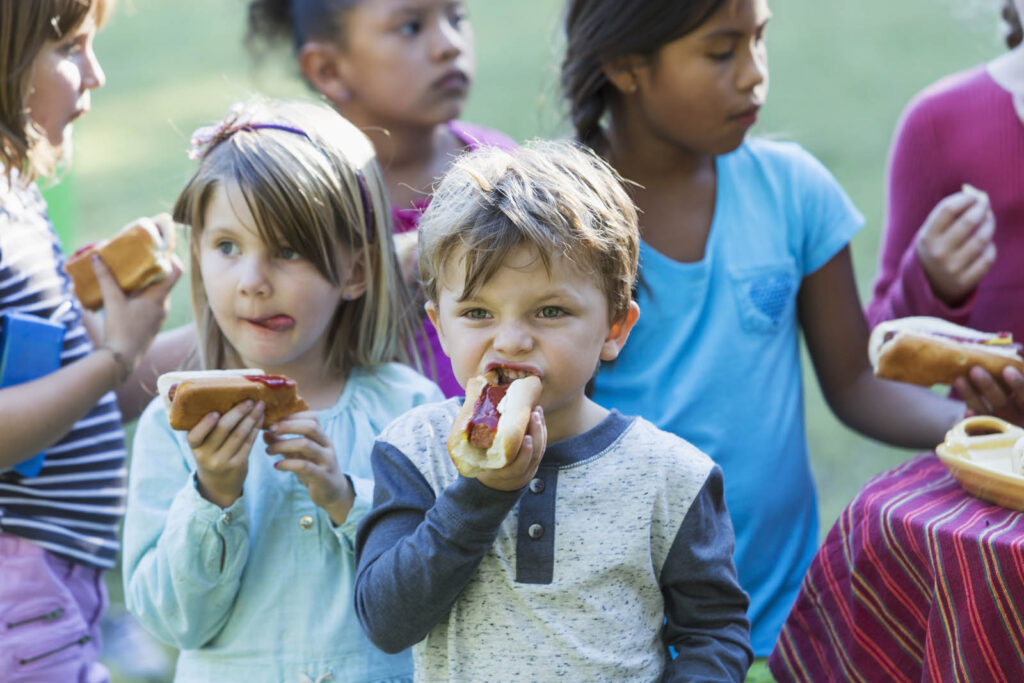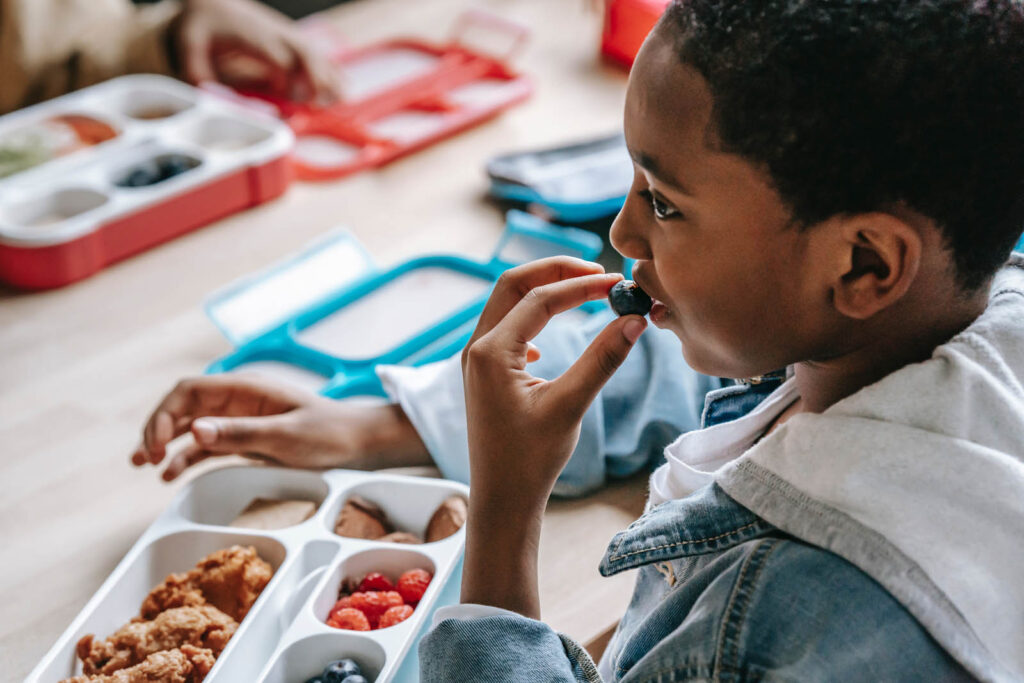
overview
Consumers have become more health conscious over the past few years; parents seek healthier options for their kids, and adventurous adult eaters are looking for healthy yet tasty options that won’t bore their palates. Additionally, both consumer segments are eager for fast food options that reflect this desire for healthier eating. So how does a well-known fast food restaurant chain meet this demand and ensure they are creating tasty yet healthier eats their consumers will love?
Our client, a quick-serve restaurant (QSR) chain with locations around the globe, sought to create healthier, globally inspired kids’ meals using lean proteins. They asked C+R Research to partner with them to uncover how kids, parents, and non-parent adults rate several concepts, as well as to solicit feedback from product taste tests.
We conducted a mini Central Location Test (CLT) to determine which of our client’s ideas were most promising and most true to the brand. With the results, our client was able to optimize the top ideas before moving to in-market validation.
THE PROBLEM
A global quick-serve restaurant chain with kids’ meal offerings wanted to assess adult and child interest in offering lean proteins with their kids’ meals and, eventually, the menu at large. Their team had created a handful of globally inspired product ideas and approached C+R for help in testing the ideas to identify the best options and how those options could be further optimized.
Specifically, the client hoped to:
- Prioritize the best lean protein product options for global consideration and introduction, focusing on four top ideas to recommend to global markets;
- Explore reactions to the products in terms of appeal, purchase interest, taste, quality, and value;
- Identify the best ways to optimize each product;
- Understand the impact for integration with their kids’ meals, as well as with the regular menu.

OUR APPROACH
Given the need to identify the best product options for our client, as well as how to optimize the product options, C+R chose a quantitative-qualitative approach in the form of a Central Location Test (CLT).
First, participants took a quantitative survey via a tablet. In total, 180 kids and 335 parents and non-parent adults took a 30-minute survey in a classroom-style environment. All participants were non-rejectors of the client’s brand, and the parents were kids’ meal purchasers. We made sure that participants had no food allergies or sensitivities, and all participants were willing to taste test foods with the lean proteins. All had household incomes over $30,000, and we allowed for a natural fall-out of ethnicity.
Via quantitative sessions, parent and child surveys were completed as pairs, running simultaneously, but in different rooms to avoid bias. Each participant saw 3-4 product ideas via sequential monadic exposure; they gave ratings to each on key measures.
Survey results were reviewed in real time, and a subset of respondents were selected to take part in the second phase of the research: qualitative focus groups. 4-6 participants were chosen to complete the in-depth discussion. In total, we completed 14 groups. The groups included non-parent adults (one group of Millennials, one group of non-millennials), as well as groups of children (split among boys and girls, as well as ages 6-7 and 8-9). We also ran several groups of parents, split among gender of child and age (3-5, 6-7, and 8-9). Parents and children participated in separate groups to mitigate bias, but they were interviewed at the same time.
During the focus groups, participants were asked to taste products and give in-depth feedback to our client about their likes and dislikes, as well as intention to purchase.

The result
Using a CLT, our client discovered which of their product ideas were most and least liked by kids and adults. They learned which ideas were felt to be most closely associated with their brand, and they gained strategies to use when introducing the product concepts to consumers.
They were able to optimize the top ideas before passing them along to local markets around the globe for in-market validation.


proven experience
related case studies
